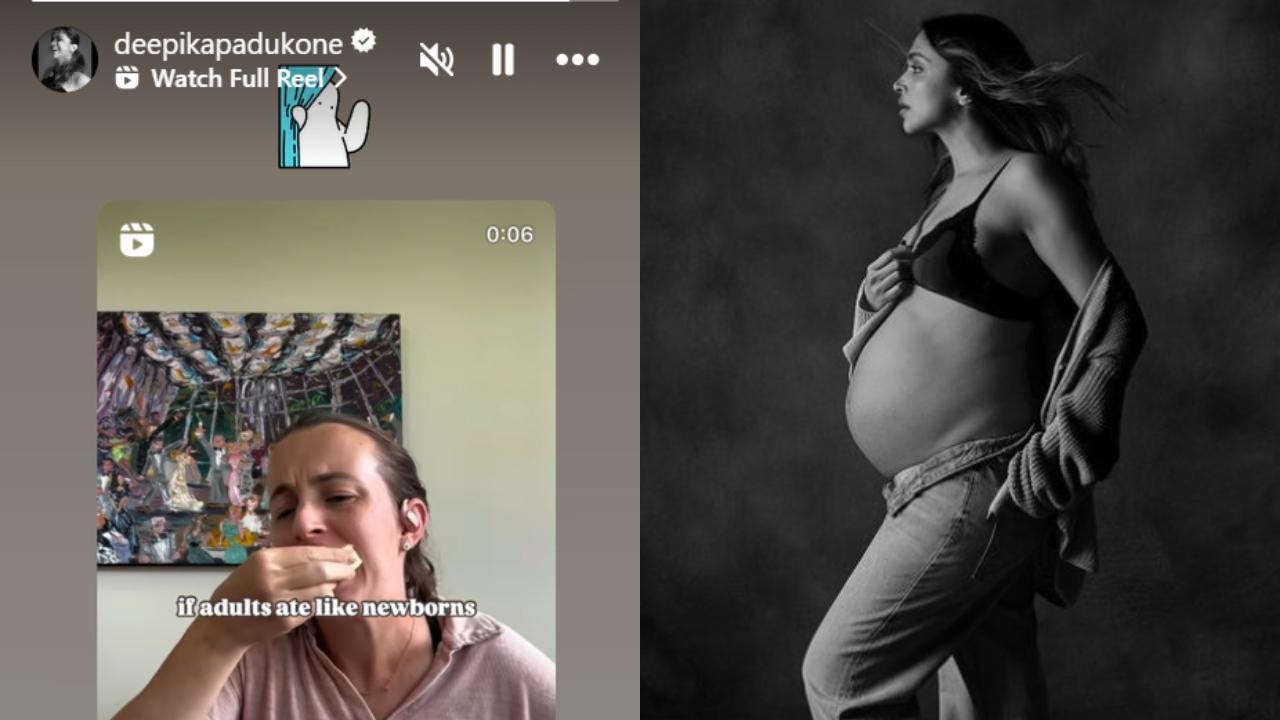The passing of time has had inverse effects on BoJack Horseman , the character, and “BoJack Horseman,” the show. While the character aged ungracefully as an emotionally stunted, washed-up sitcom star, the show has come to represent a sliding doors moment for TV animation . Premiering as a frontline warrior in Netflix ’s battle to take over the industry, “BoJack” opened up wider possibilities for long-form animated storytelling.
In the same week that “BoJack” celebrates its 10th anniversary, its creator also reaches a landmark. Raphael Bob-Waksberg , talking to IndieWire on the eve of his 40th birthday, reflected on the last 10 years, saying, “When working on other people’s shows and on ‘BoJack,’ I was one of the youngest guys in the room, a young talent, the voice of the young people. Then I went into this hole for seven years and came out of it as one of the old guys.

It’s weird for me to think about, I wasn’t tracking those changes in myself.” Baked into “BoJack Horseman” is a character trying to catch up to his age, a theme explored further due to the advent of streaming. “I wasn’t necessarily thinking about those themes when I started making the show, but it became apparent very quickly that it had to work differently because it was a Netflix show,” Waksberg said.
“If you’re in 1998 and you hear that ‘The Simpsons’ is good, you’re going to tune in for whatever episode is on that week. Because of that, each episode has to be self-contained and accessible to anyone who’s never seen the show, people who’ve seen a few episodes, or have seen every episode. On Netflix, the opposite is true.
People are still discovering ‘BoJack,’ and they’re starting with the first episode. We couldn’t repeat ourselves in the same way that other shows did, we had to change the status quo. It caused the characters to age and it caused time to pass.
I still like that about the show.” Waksberg didn’t always have his heart set on being an animation writer, but the amalgamation of his influences made “BoJack” unlike any 2D animated sitcom seen before. “The idea was to do a show that is fun, wacky, and goofy like a cartoon but also is meditative, dark, and dramatically challenging like a live-action drama,” he said.
“I think combining those aspirations in one package felt new at the time. People had maybe seen all the different pieces, but they hadn’t quite seen it assembled in this way.” Also unique to the TV landscape was the way that “BoJack” tackled issues of mental health, gaining a large fanbase of those who see themselves in the characters’ struggles.
“The fact that the show is cynical about easy fixes is what makes it more resonant to a lot of people,” Waksberg said. “It makes them feel like they’re being seen and understood, not being lectured to. Being a ‘mental health show’ is not what we were trying to do, but something we became aware of as the show went on.
We had to think about our responsibility. People have told me that the show articulates feelings they’ve had in ways that they’ve not been able to process beforehand. I think that is a great gift, and so I’m proud of that.
” Even before the boom of shows and movies metaphorizing characters’ trauma, “BoJack” took a more mature approach to the subject matter. Viewer feedback continued to be gratifying for Waksberg. “My cousin watched the first season and said that it felt like one of the sad episodes of ‘The Simpsons.
’ That was such a great way of putting it. The more dramatic episodes of ‘The Simpsons’ will go to some dark places, but it always resolves itself, or leaves you in a gentle or a funny place. I think the first season as a whole kind of does that too.
” Groundbreaking ideas were attractive to newcomers like Netflix, but “BoJack” almost started life on the CW. “It would have gotten canceled immediately,” Waksberg said. “It wouldn’t have made it to the end of the first season.
Even now, people say, ‘You gotta get through the first few episodes.’ Networks weren’t giving shows that long a leash. I think the best version of ‘BoJack’ is the one that exists, something that builds over the course of the season and reveals itself, requiring you to watch it in order and be surprised.
” Streaming executives have become increasingly risk-averse in recent years, with writers looking to replicate the success of “BoJack Horseman” in a similarly stifling environment to that of 2000s network TV. Waksberg’s advice to this generation is based on how to talk to conservative execs. “If I were pitching [‘BoJack’] now, I’d keep the surprises closer to my chest and talk about how it’s more of the thing they think they want,” he said.
“Emphasize what’s exciting to the buyer, not what’s exciting to you. You don’t have to compromise your vision when you’re making the show, just don’t contradict the stuff you told them about. Network executives don’t like to think that they’re being fooled, but you’re giving them something they can take to their bosses to justify spending money on this show.
So help them trick their bosses.” Waksberg wants “BoJack” to show what’s possible when a series takes risks. “I would hope that its influence is less in its specifics and more in people taking risks with genre and mashing things up,” he said.
“Don’t be defined by what the show is supposed to be; color outside those lines, push the edges of your own universes in different directions.”.



















